24 Hours in New Orleans
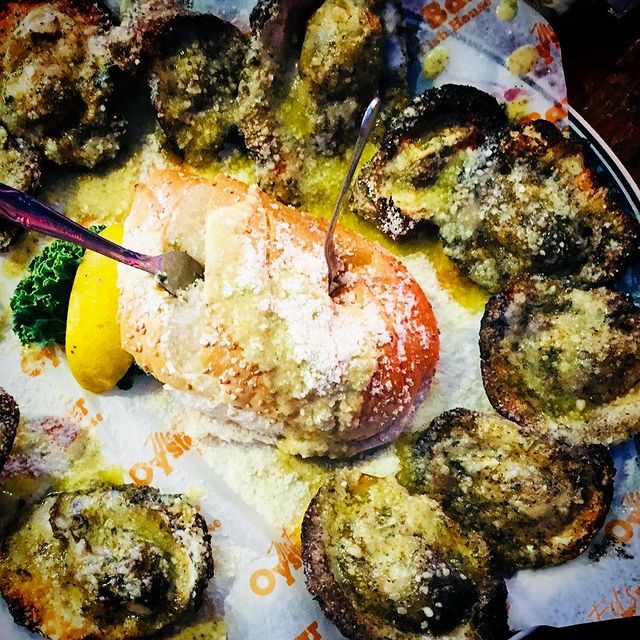
New Orleans, Louisiana, is one of the world’s most unique cities.
That honor comes thanks to its French predominance, its meld of cultures, and its rare combination of laid-back attitude with elegant manners.
Unpopular confession: I didn’t like New Orleans the first time I visited. But in my defense, I was there for work, and didn’t have much chance to savor the city. Then I met a dear friend who lived in Louisiana, and I enjoyed discovering the Big Easy with a local. And later I spent several days there with the most interesting person I’ve ever met, and that’s when I fell in love with New Orleans. Now I go back as often as I can. I could spend a lifetime there.
But if you have only a day, this full itinerary includes the requisites for a quintessential New Orleans visit: eating, walking, exploring history, eating some more, drinking, listening to great music:
This post contains affiliate links. For more information, click here.
Noon-ish: Arrive at your hotel.
It always pays to stay in a convenient location, especially in a historic city like New Orleans, which is great for walking and terrible for driving. There are plenty of hotels a short walk away from the action. Comfortable stand-bys include:
- Lafayette Hotel in the Warehouse District
- JW Marriott across from the French Quarter
- Hilton Riverside just off the Mississippi
- The Roosevelt in the heart of downtown
If you’re lucky, you’ll be able to check in to your room as soon as you arrive. But more than likely, you’ll have to store your bags for a few hours.
Early afternoon: Lunch.
First things first: food. There’s no shortage of fine choices here either.
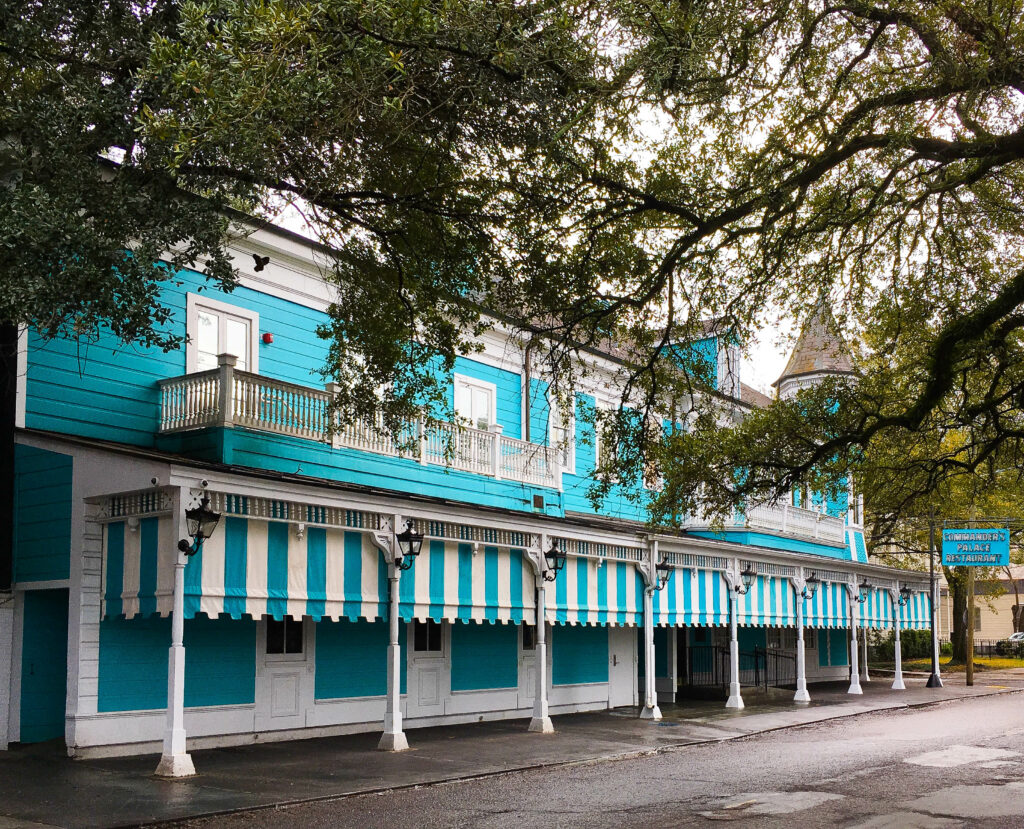
If you’d like to celebrate your arrival in New Orleans with something upscale, Commander’s Palace in the Garden District has everything you could want: Creole cuisine, a history dating back to 1893, and 25-cent martinis. Yes, really: You can drink a classic martini or a colorful variant for a quarter. You are limited to three though. Oh, and the food is fabulous.
If you want something quicker, closer, and more casual, and less potentially hazardous, Mr. Ed’s Oyster Bar & Fish House in the French Quarter is a great spot to sample New Orleans cuisine. The char-grilled oysters are among the best I’ve ever tasted, and the red beans and rice are delicious as well.
Or you could just step out from your hotel and walk until you spot a place that appeals; it shouldn’t be long.
Mid-afternoon: Explore history.
Now that you’re sated, you have several hours to escape into the past.
Cemeteries
Another unpopular confession: I don’t like cemeteries; they make me sad. But the cemeteries in New Orleans are truly remarkable. Because most of the city is below sea level, the dead are buried above ground. And the white marble tombs are architecturally stunning. I once even had a black cat tail me in one.
St. Louis Cemetery No. 1 in the Garden District is the city’s oldest, dating back to 1789. According to local legend, it’s the burial place of 19th-century Voodoo Queen Marie Laveau.
Parks
New Orleans has several historic parks. Here are a few of the most significant:
Jackson Square
This small urban park in the French Quarter is a National Historic Landmark. It features an open circular space in the center and trees on the side, all contained by an ornate iron fence. The central point of the Square is a large statue of Andrew Jackson astride a horse. Jackson is a local hero, thanks to his underdog victory over the better-equipped British in the Battle of New Orleans after the War of 1812.
Across from the Square is St. Louis Cathedral, the oldest continually operating Catholic cathedral in America. The three spires atop a white façade give the church a soothingly elegant presence. The interior features paintings, stained-glass windows, and a Rococo-style gilded altar. It is open for touring when not in use for Mass or other services.
Louis Armstrong Park
This large space less than half a mile north of the French Quarter features a statue of the great jazz musician. In its southern corner is Congo Square. This is where free and enslaved black residents gathered on Sundays to enjoy African music, which influenced the development of jazz. It was also a prominent site for voodoo ceremonies, most notably during the early 19th century, but continuing to today.
City Park
Formally established during the mid-19th century, this extensive space near Lake Ponchartrain used to be a dueling ground. Today it’s one of the oldest and largest urban parks in America, 50 percent bigger than Central Park in New York City. It features enough recreational opportunities to fill weeks. Highlights include the New Orleans Botanical Garden, Big Lake, and live oaks nearly 900 years old.
Museums
If you’d like to explore indoors for a while, New Orleans has lots of museums. A few stand-outs are:
Louisiana State Museum
Exhibits here illustrate the history and culture of New Orleans and Louisiana and their impact on America and the world. The Museum occupies two buildings that flank St. Louis Cathedral. The Cabildo was the site of the Spanish colonial city hall. The Presbytère was intended as a home for monks, but actually served as a commercial space before becoming the site of the Louisiana Supreme Court in 1834.
Southern Food and Beverage Museum
Located in the Central City neighborhood, near the Garden and Warehouse Districts, SoFAB offers a fun romp through the distinctive cuisines of America’s southern states.
National WWII Museum
Surprisingly enough, America’s official World War II museum is not in Washington, D.C.; it’s in the Warehouse District of New Orleans. This comprehensive Museum teaches the full story of World War II, making it a sound choice for military or 20th-century buffs.
Late afternoon: Dress for dinner.
By now you should be able to get into your hotel room. New Orleans is a formal city. If you don’t want to stick out like a Yankee tourist, business-casual attire at a minimum is best for dinner. But wear comfortable shoes.
Early evening: Dine.
New Orleans has so many exceptional restaurants that I can’t recommend just one for you. With only a single night, I suggest a restaurant-bar crawl through the French Quarter. Classic favorites are:
- the Hermes Bar at Antoine’s — where Oysters Rockefeller was invented, but I recommend the off-the-menu oyster trio (not only my favorite bar in New Orleans but one of my favorites in the world, it’s the spot where I first started to love life again a few months after my parents died, thanks to its old-school elegance, top-notch service, and fabulous food)
- Arnaud’s French 75 bar — winner of the James Beard award for outstanding bar program, it also serves up a decadent seafood-based bar-bites menu (the escargots are not only baked with Pernod but they’re even topped with pastry)
- Galatoire’s 33 Bar & Steak — full restaurant menu served here, so you can have a steak if you like, but I suggest the Jumbo Lump Crabcake (they’re not kidding about the Jumbo part)
- the Roost Bar + Courtyard at Brennan’s — listed last for one reason: dessert, specifically Bananas Foster, invented here and flambéed table- (or bar-) side for you (it’s the one sugar splurge I always allow myself in New Orleans)
But by all means, pop in to any place that calls to you.
Mid-evening: Laissez les bons temps rouler.
Now it’s time to take in the night life.
Jazz
Traditional jazz performances are available almost every night of the year in the French Quarter at Preservation Hall, though the last show begins at 8:45.
The Royal Sonesta and Ritz-Carlton hotels both offer upscale jazz bars with live music later into the night.
Or you can head where the locals go: Frenchmen Street in the Marigny neighborhood offers live music in multiple genres. The Spotted Cat Music Club is known for its authentic live jazz. Or you could just walk around and absorb the sounds of the street performers.
Harrah’s New Orleans
If you feel lucky, this casino near the Mississippi River offers table games, a poker room, a sports book, and slot machines including plenty of video poker. It also has two steak houses, several bars, and a not-bad buffet with surprisingly good bread pudding. (Sign up at Caesars Rewards to earn points for your play and spending.)
Stroll the French Quarter.
(But do NOT do this alone.)
Take your drink in a to-go cup and walk down Bourbon Street for some of the world’s most unique people-watching. New Orleans’ famous party street is loud, gaudy, and an experience not to be missed. (Just think twice before striking a match.)
Once you’ve had your fill of the craziness, Royal Street one block over is quieter, less crowded, and lined with elegant art, antique, and clothing boutiques.
Late evening: Enjoy a nightcap.
If you’re still enjoying the lively atmosphere, head over the the Hotel Monteleone for a drink at its rotating Carousel Bar; it’s open until midnight, with live music Wednesday-Saturday.
If you’re ready for something quieter, the elegant Polo Club Lounge at the Windsor Court Hotel, not far from Harrah’s, is open until 11 weekdays and 12 on Friday and Saturday.
Morning: Take the long way to breakfast.
Head toward the Mississippi River for a stroll through the waterfront, sculpture-dotted Woldenberg Park, and watch the boats come to life.
At the north end of the Park, turn left onto St. Philip Street, then right on N Peters Street toward the French Market. Savor the sights and smells of the fresh foods, and check out the souvenir kitsch in this blocks-long, centuries-old marketplace.
Then turn back toward Café du Monde for chickory café au lait and beignets — pieces of pastry dough deep-fried in oil and covered in powdered sugar, in other words French doughnuts.
Noon-ish: Bid a fond au revoir to the most unique city in America.
Or stamp your feet and refuse to leave New Orleans.
When to visit New Orleans
New Orleans has four seasons: spring, hurricane, winter, and Mardi Gras.
Mardi Gras literally means Fat Tuesday, the day before Ash Wednesday, when Catholics fill up on food in anticipation of fasting during the 40 days of Lent. In New Orleans, it’s a weeks-long festival that begins with the Twelfth Night of Christmas and builds to its culmination on the actual Mardi Gras. If Spring Break on steroids is your thing, by all means go to New Orleans for Mardi Gras. If I were going to do so, I’d book a balcony room facing Bourbon Street at the Royal Sonesta, so that I could people-watch from above; just don’t plan on getting much sleep if you choose this option.
Hurricane season is June-November, and even when it’s not stormy, New Orleans is hot and humid. In winter, New Orleans can be surprisingly cold — a raw, wet, bone-chilling cold.
The best time to enjoy a relaxing visit to New Orleans is spring, after Mardi Gras and before Memorial Day.
How to get around New Orleans
Like most old cities, New Orleans is compact and best explored on foot. Plenty of walking tours are available, especially in the French Quarter and the Garden District.
But you should take a streetcar at least once. The classic line is the dark-green St. Charles, the oldest continually operating in the world. The wooden seats and brass fixtures transport you to an earlier time. But it’s also a time without air conditioning. So you’ll be able to enjoy the scenic views through open windows.
And if you want a narrated overview of the French Quarter, there’s always a carriage ride.
P.S. Planning travel to the South? You might like:
- Holiday Decorations at Colonial Williamsburg
- Magnolia Plantation and Gardens in South Carolina
- Texas Road Trip

After my misspent youth as a wage worker, I’m having so much more fun as a blogger, helping other discerning travellers plan fun and fascinating journeys. Read more …
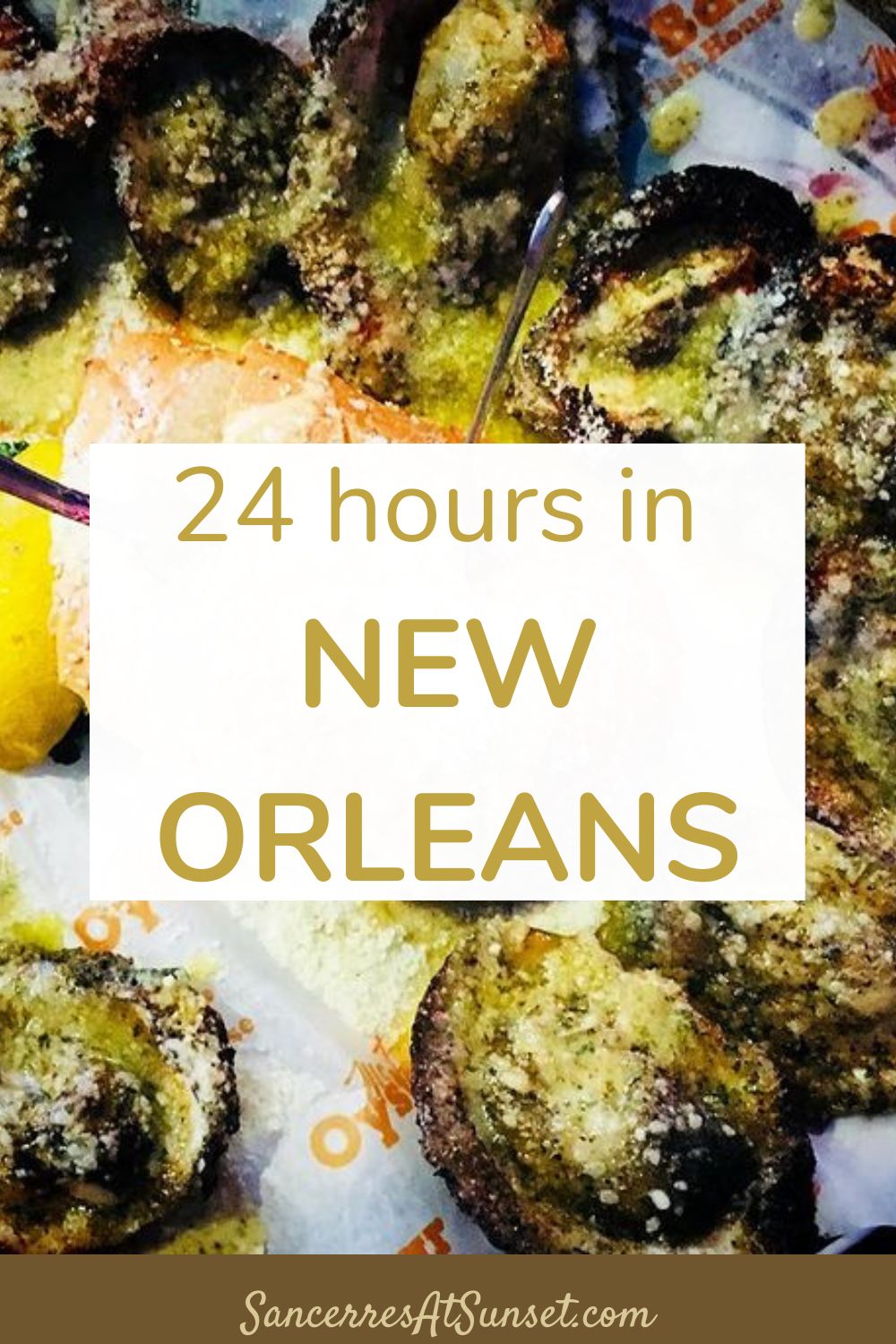






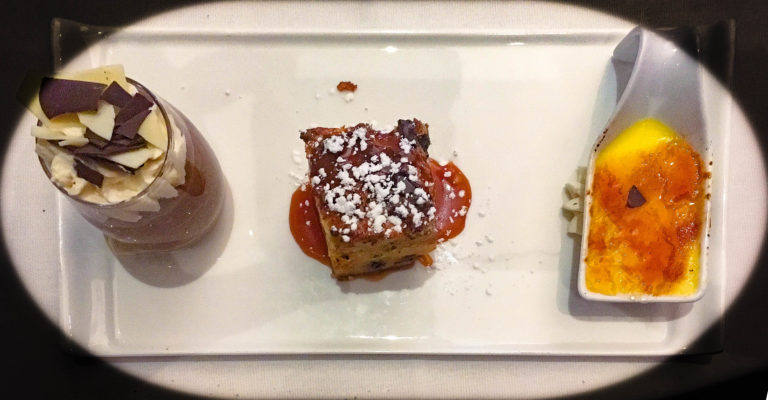
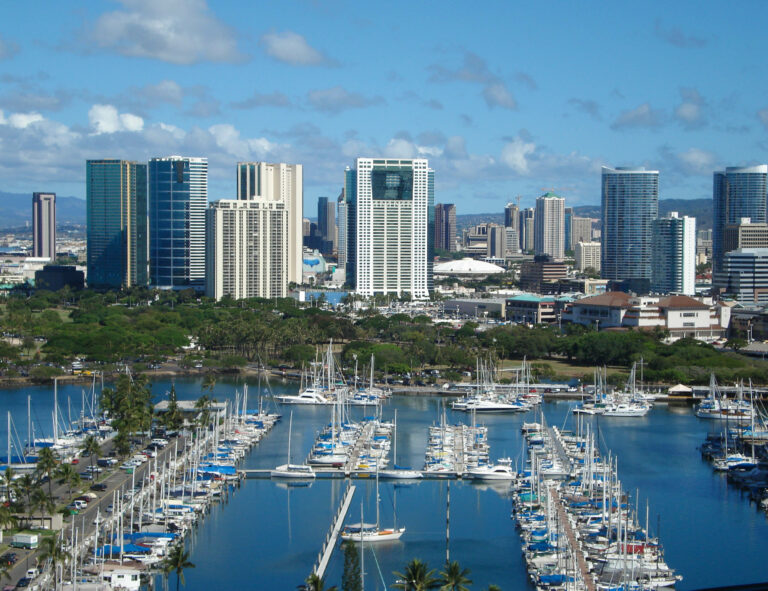
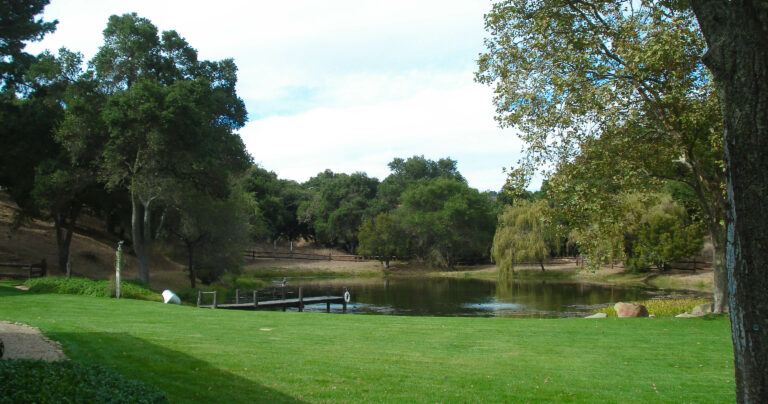
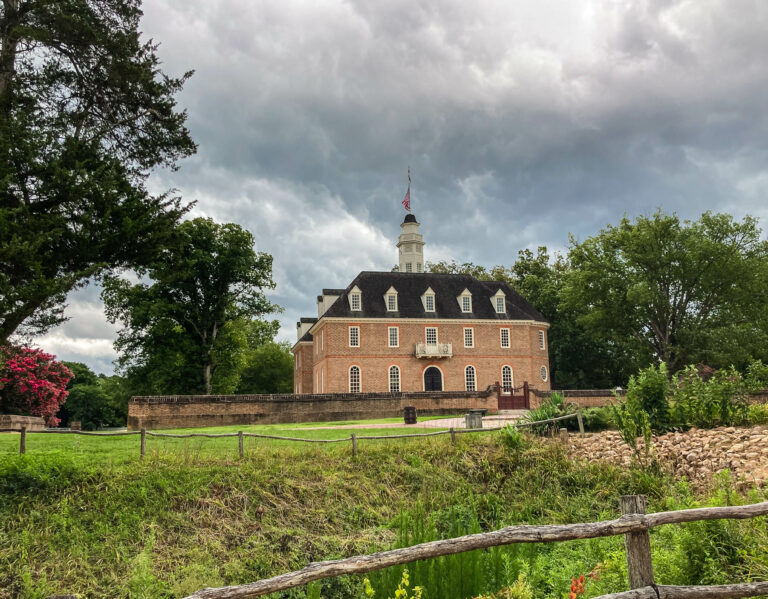
It has been a long while, but I wished that I had more time to see the city when I was there.
New Orleans is a great city, John; I hope you have the chance to really explore it some time.